Availability
We are sorry, there are no rooms available at this accommodation at the moment
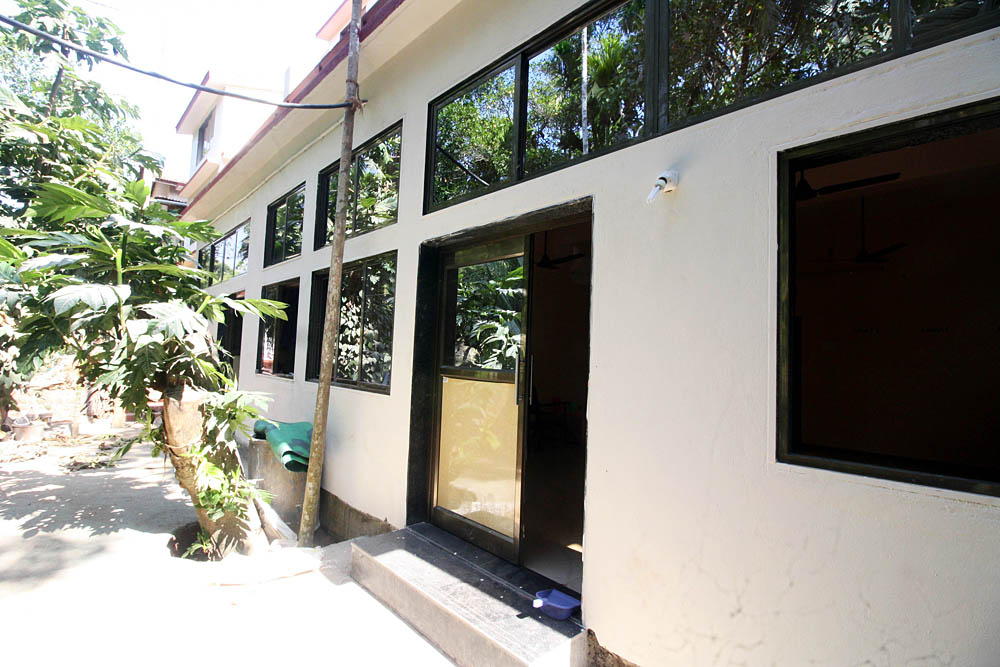
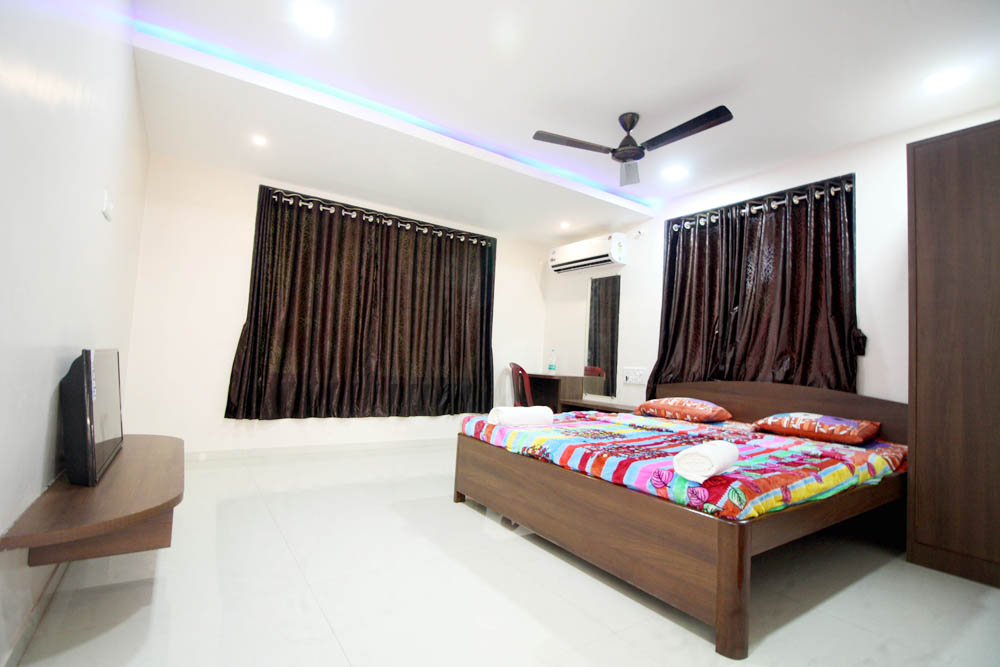
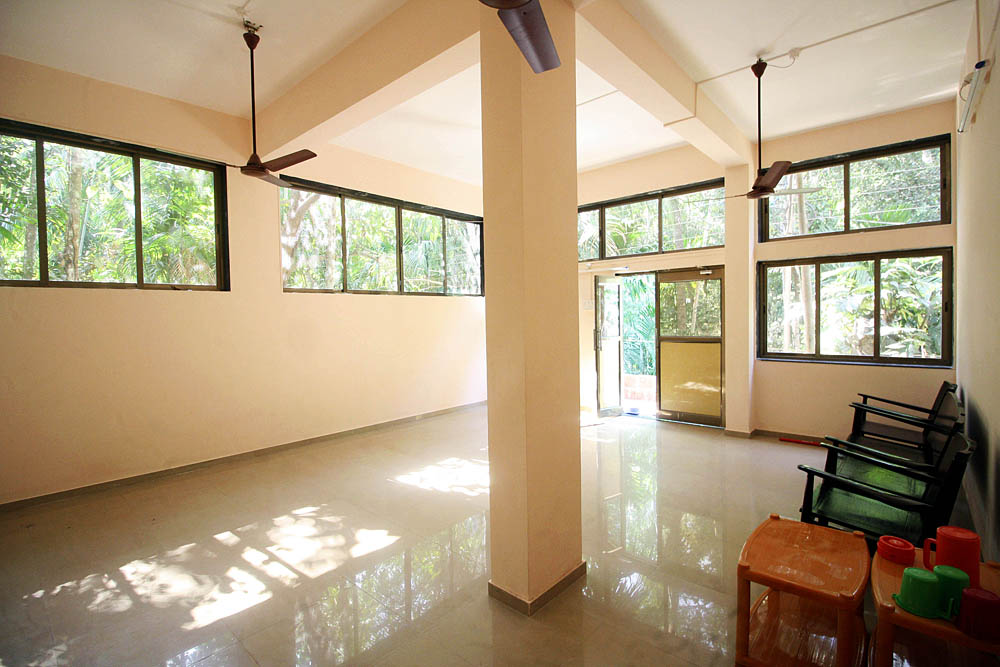
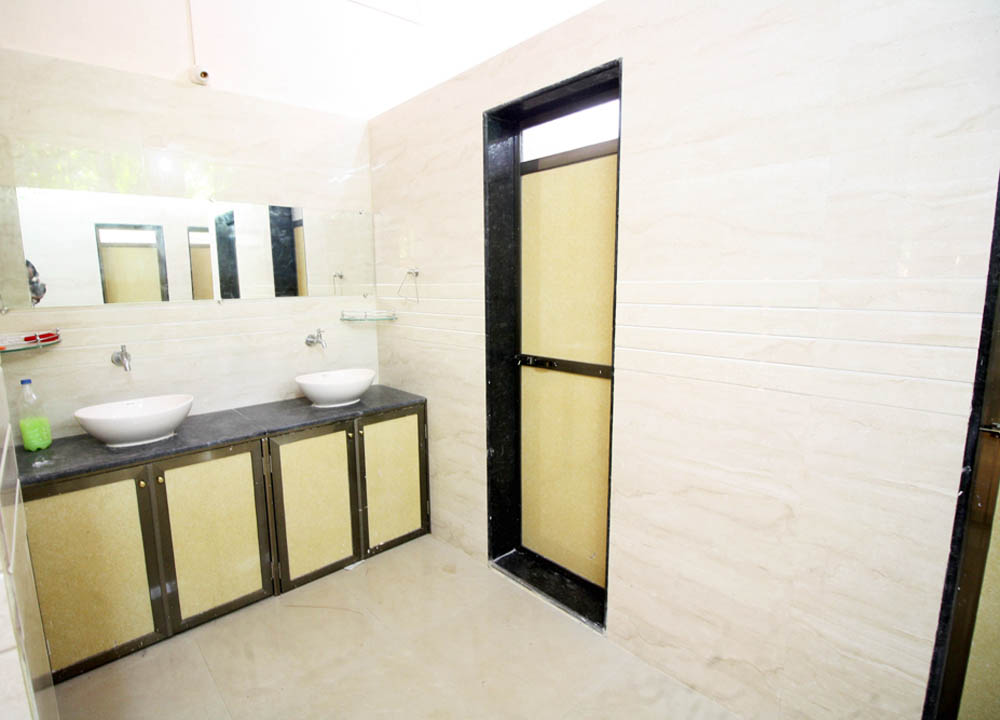

We are sorry, there are no rooms available at this accommodation at the moment
Bhau samant : 02365-252417 , 9423806298
Currently the home-stay offers the following
-One double-occupancy room with attached bath
-One double-occupancy room without attached bath
-One dormitory that can house upto 8 adults
All rooms are non-AC.
Also included in the tariff is a hearty breakfast consisting of local fare and any one meal (lunch or dinner).
Lunch / dinner is a tasty home-cooked Malvani Cuisine both vegetarian or non-vegetarian to suit your taste and inclination.
Afternoon tea and snacks can be arranged upon request.
No Of Rooms : 7
AC : 2000/- NON AC : 1,500/-
Capacity : 3 Persons
Extra person 1 ( Charges for Extra person Rs. 200 / 100)
Bank Account Details :
Bank : Bank of India
Branch : Malvan branch
Account name : Shailesh Dattatray Samant
Account No : 144910110000730
IFSC code : BKID0001449
Pets are Allowed
Free Parking is Possible on Site.
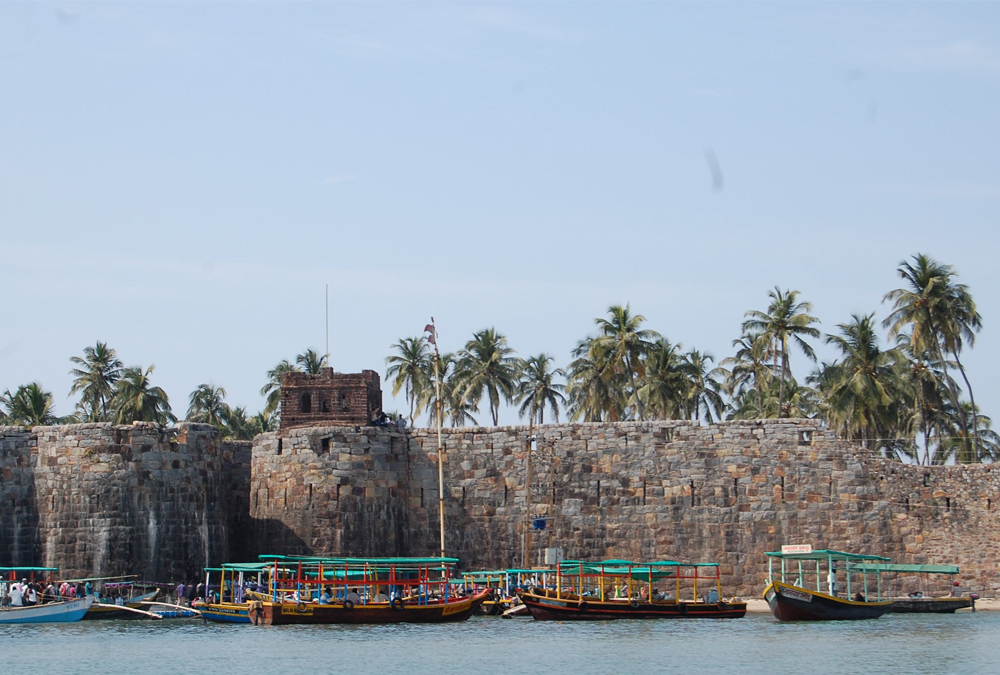
In many old books & articles some reference occurs as follows
Largely planted coconut trees (Mad) formed a grove(wan), so it named as madwan & after some years it became Malwan.
Some people says that in old days here salt was produced in large quantity. Huge salt pans were present in Malvan. Salt producers use term ‘Lavan’ for salt & term ‘Mahalavan’ is a place where you get more salt. Hence it became Malvan
Malvan was an international port which was importing & exporting A-1 quality of goods & materials, In Marathi, goods known as ‘Maal’, Goods of A-1 quality means ‘Maal-A-1’ Hence the named ‘Malvan’.
The flowers of ‘Undal’ (Calophyllum inophullum) & ‘Surang’ (Ochrocarpos longipholius) trees are called as ‘Malya’ in Sanskrit, ‘wan’ means jungle. A jungle of ‘Undal’ &’ Surang’ flowers are called ‘Malya wan’, which become Malwan.